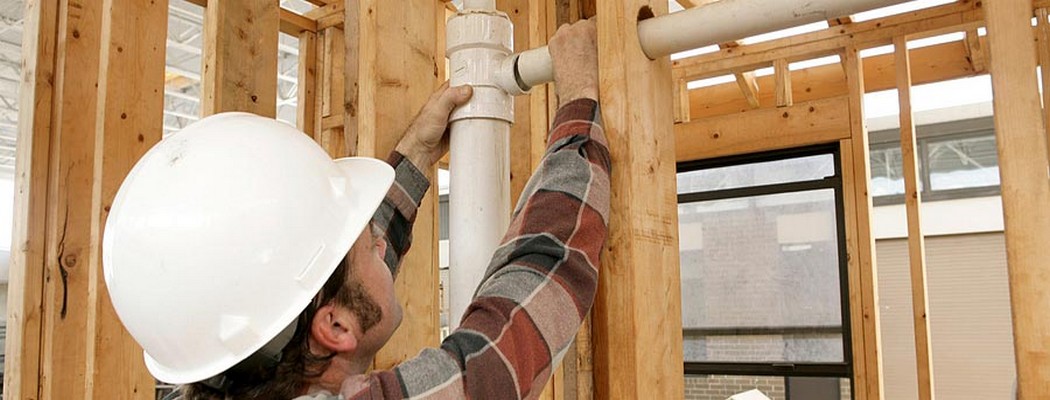Q: I work in an assisted living facility as a lunch server. I notice how many of the seniors (even the younger ones) seem to shuffle in and out of the cafeteria. Why is that? Does everyone lose the ability to pick up their feet as they get older? I don't want this to happen to me!
A: When we see someone shuffling along without picking up their feet, it's easy to just attribute it to "old age" or being "out of condition." But if you've noticed this and wondered about it, it's likely you may have also wondered what's wrong with the folks in wheelchairs or on a scooter who look perfectly able bodied?
In fact, the body may be fine but it's the feet that are the problem. And without healthy, pain free feet and ankles, it's plenty hard to get around easily. Health care professionals such as podiatrists, Chiropractors, and orthopedic surgeons are very aware of just how common foot and ankle pain has become in the adult population. And it's not just the very old but also the middle-aged groups.
According to a recent review of foot and ankle pain, there is an overall prevalence of foot/ankle/toe pain in 20 per cent of the adult population. That's one in five people. And it turns out that foot pain is a bigger problem than ankle pain. The forefoot and toes seem to create the greatest pain and dysfunction. By age 50, over 50 per cent of the people polled reported disabling foot pain. Disabling pain refers to significant enough discomfort as to interfere with daily activities.
Women were more likely to report pain. That's not surprising since fashionable footwear often includes narrow shoes and high heels, which have a distinct affect on the feet. But there's more to it than just fashion footwear.
As we get older, our feet tend to spread out and get wider. But shoe manufacturers have not altered shoes to accommodate for this change. And many people continue to wear the same size they have always worn putting up with the discomfort of a too-small or too-tight shoe rather than admit they need a larger size. It is also possible that there is a link between foot pain and other musculoskeletal problems (e.g., knee, hip, or low back pain).
There is a need for further study in the future to get some agreement on what's going on with foot and ankle pain in middle-to-older age groups and why it's happening. Then we can address the need for more health care services directed at the feet and identify what those services should be to best serve our seniors. And maybe even identify ways to prevent these kinds of problems so you won't develop the problem either!
Reference: Martin J. Thomas, et al. The Population Prevalence of Foot and Ankle Pain in Middle and Old Age: A Systematic Review. In PAIN. December 2011. Vol. 152. No. 12. Pp. 2870-2880.
Call (519) 767-6722
Servicing the Guelph Area
Servicing the Guelph Area







